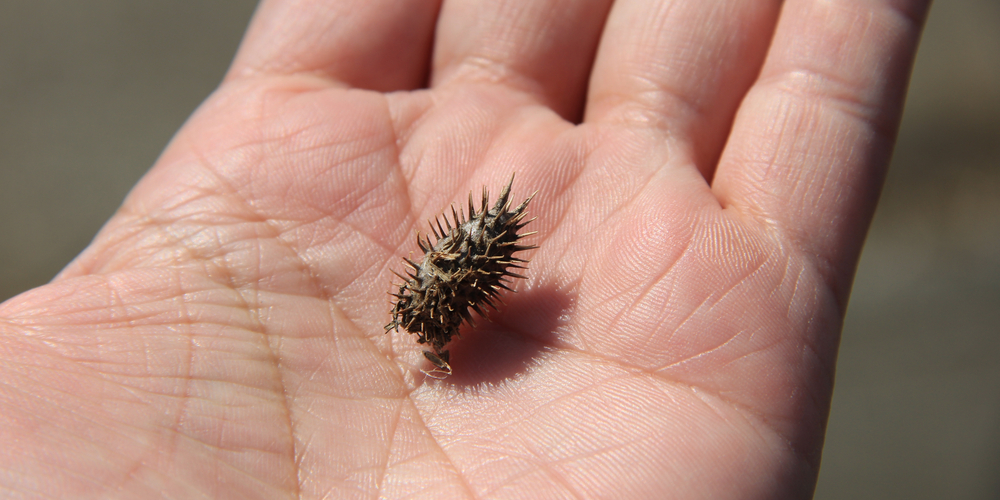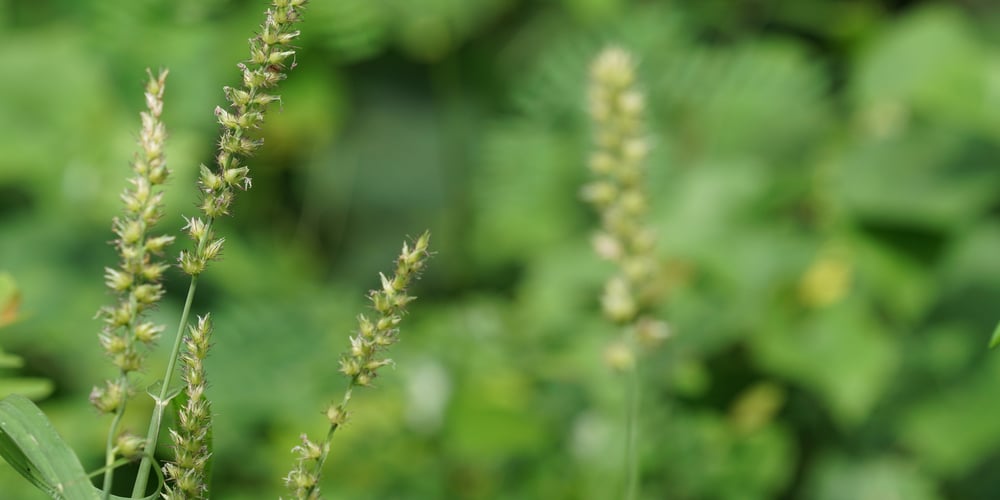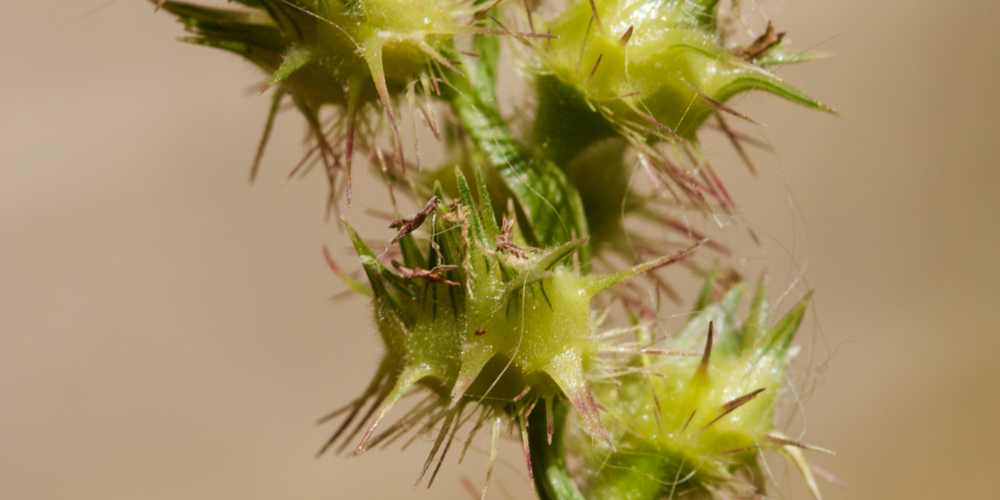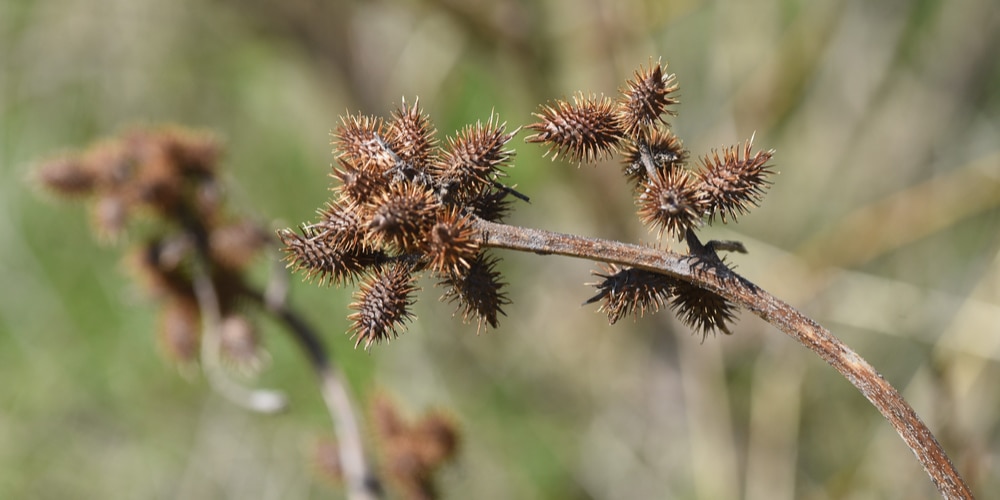If you have a garden, you know that weeds can be a huge problem. Not only do they take away valuable space and sunlight from your plants, but they can also be challenging to get rid of. One type of weed that is particularly troublesome is sticker weed. This blog post will discuss the different types of sticker weed and how to get rid of them!
What Are Sticker Weeds And What Do They Look Like?
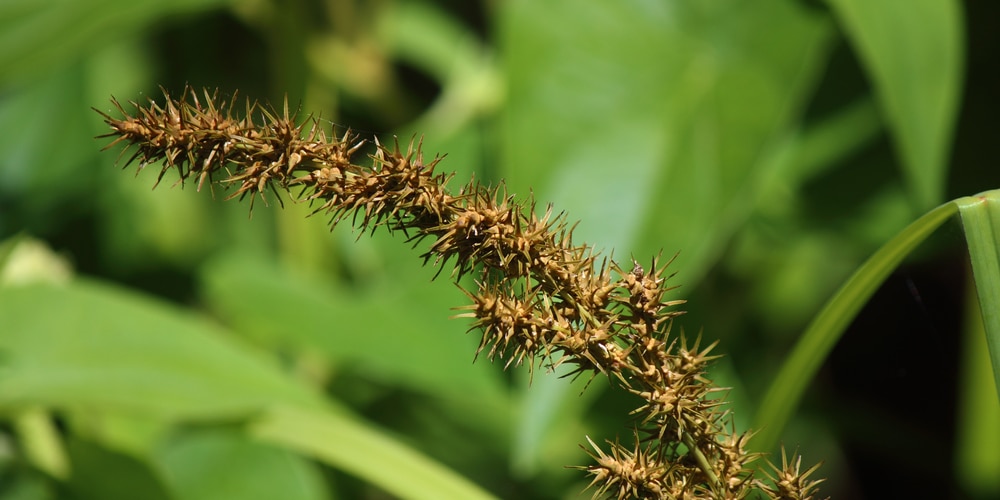
Sticker weeds are invasive plants found in pastures, gardens, and yards. These plants come from a group of burrs known as Tribulus Terrestris or puncture vine. Sometimes they are also called goatheads or caltrop plants due to their seed pods which resemble small rounded spikes with four pointed corners.
These plants are a nuisance to animals and people since they have sharp spines that can puncture certain shoes. They can also cause harm to animals, including livestock such as cows, horses, sheep, goats, and pets like dogs and cats, by getting stuck in their fur and skin, which may cause infection.
Types of Sticker Weeds
Sticker weeds are pretty small in size but have many seeds. The seedlings appear on the ground around your plants and then take root where they can receive plenty of sunlight. Sticker weeds tend to form dense clumps that will grow more quickly than other types of weed if left untreated. There are several different types of sticker weed, each with its identifying features.
Grass stickers
Grass stickers are usually found in lawns and gardens. They look like tiny blades of grass with a pointed end that makes them easy to see when growing close together. The leaves of this type of sticker weed will be green when young but turn brown as the plant gets older.
Spiny stickers
This type of sticker weed is easy to identify due to sharp spines on the stem and leaves. The leaves are usually green with a reddish tint but brown. Spiny stickers can be found in pastures, gardens, and yards.
Burr stickers
Burr stickers are the most common type of sticker weed. They are similar in appearance to grass stickers but have a larger seed pod that is longer than wide and has an irregular shape with rounded corners at one end. The leaves on this plant tend to be lighter green or yellowish-green in color, while their stems will show signs of aging by turning brown as they age. Burr stickers can be found in pastures, gardens, and yards.
Lawn burs
Lawn burs are a type of sticker weed found explicitly in lawns. They have a tiny seed pod about the size of a kernel of corn and four sharp points on it. The leaves are light green with a reddish tint, and the stem is green with white hairs.
Yellow vine stickers
Yellow vine stickers are generally found in pastures, gardens, and yards. They are a type of sticker weed that produces small seed pods with four sharp points on them, resembling the shape of thorns found on roses or other thorny plants. The leaves are light green with a reddish tint to them, while their stems will show signs of aging by turning brown as they age.
Field sandbur sticker
Field sandbur sticker plants have a tiny seed pod about the size of an eraser. The leaves are light green with reddish tips, and their stems are covered in fine hairs, making them easy to spot when growing close together. This type of sticker weed can be found in pastures or fields with no grass surrounding it, so they’re not as noticeable when there isn’t anything else nearby.
Burweed
Burweed is a type of weed found in gardens, yards, and fields. It has a large seed pod that is about the size of a golf ball with three to five sharp points on it. The leaves are light green with reddish tips, and the stem is green without any hairs.
How To Get Rid Of Them – Cultural Methods, Chemical Methods, And Organic Methods
Cultural methods
Cultural weed control involves killing the weeds through mowing, cultivation, or other mechanical means. The most important thing to prevent the seed heads from forming is to cut them off before they get too big. Remember that some sticker weeds have seeds that can be spread by wind, so it’s essential to get rid of them as soon as possible.
Chemical methods
If you’re looking for a quicker way to get rid of sticker weeds, several herbicides can be used. The most common herbicide for getting rid of stickers is glyphosate, found in products such as Roundup and Killzall.
Organic methods
Several organic products can be used if you’re looking for a natural way to get rid of stickers. For example, neem oil is an effective herbicide against sticker weeds while also safe for edible plants like tomatoes or peppers. It works by disrupting the hormone system in plants, which causes them to die off. You can also use an organic herbicide like acetic acid (vinegar) or citric acid (lemon juice).
Prevention Tips To Keep Sticker Weeds From Invading Your Garden
How do you keep sticker weeds from invading your garden? Here are some tips:
Use mulch around the base of plants to prevent stickers from growing up through them. This will also help retain moisture and nutrients in the soil while cool during hot weather. You can use shredded leaves or grass clippings as mulch, or you can buy a commercial mulch product from your local garden center.
Keep the area around plants well weeded, so that sticker weeds don’t have a chance to take root. Pull them out by hand when they’re small, or use an herbicide if they’re bigger.
Avoid using weed-and-feed products on your lawn or garden, as these will also kill off the good plants along with the sticker weeds.
If you have a pet that likes to dig in the dirt, try putting a border around the garden made of rocks or bricks so they can’t get in.
Regularly check plants for stickers and remove them before they get too big.
Types of Sticker Weeds: Conclusion
The best way to prevent sticker weeds from invading your garden is to be proactive and remove them before they have a chance to spread. You can do this by mowing the lawn regularly, removing any weed seeds that might be present, and using an herbicide like glyphosate to kill any existing stickers. Be sure to read the label of any herbicide before using it, though!
